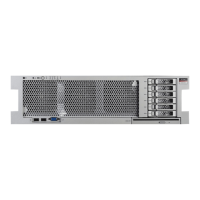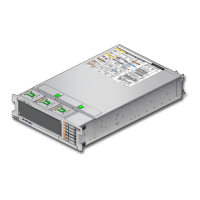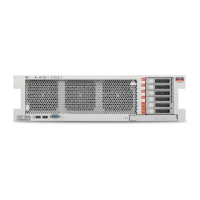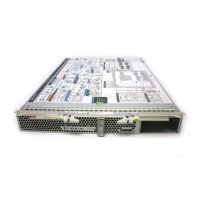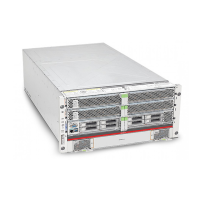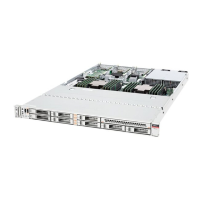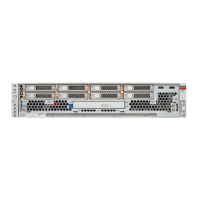Clear a Fault
40 SPARC T5-4 Server Service Manual • July 2016
■
Message identifier (PCIEX-8000-8R), which can be used to obtain additional
fault information from Knowledge Base articles.
3.
Consider your next step:
■
If you are checking for faults while adding a second processor module, and
no faults were detected, return to “Server Upgrade Process” on page 57.
■
If a fault is detected, proceed to Step 4.
4.
Use the message ID to obtain more information about this type of fault.
a.
Obtain the message ID from console output.
b.
Go to https://support.oracle.com, and search on the message ID in the
Knowledge tab.
5.
Follow the suggested actions to repair the fault.
6.
If necessary, clear the fault manually.
See “Clear a Fault” on page 40.
Related Information
■
“PSH Overview” on page 38
■
“Clear a Fault” on page 40
Clear a Fault
When PSH detects faults, the faults are logged and displayed on the console. In most cases,
after the fault is repaired, the corrected state is detected by the server, and the fault condition
is repaired automatically. However, this repair should be verified. In cases where the fault
condition is not automatically cleared, you must clear the fault manually.
1.
After replacing a faulty FRU, power on the server.
See “Returning the Server to Operation” on page 191.
2.
At the host prompt, determine whether the replaced FRU still shows a faulty
state.
See “Check for Faults” on page 38.

